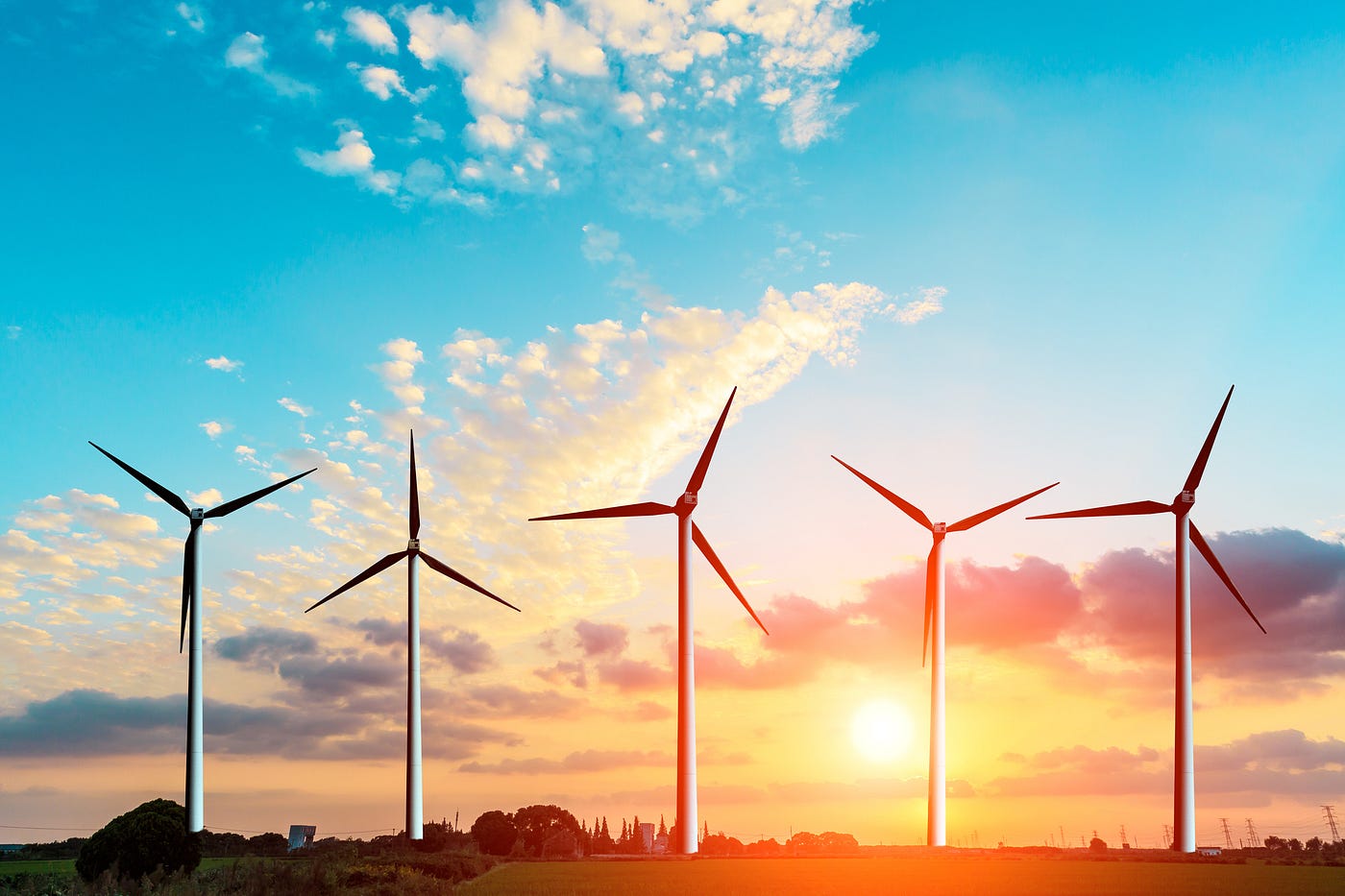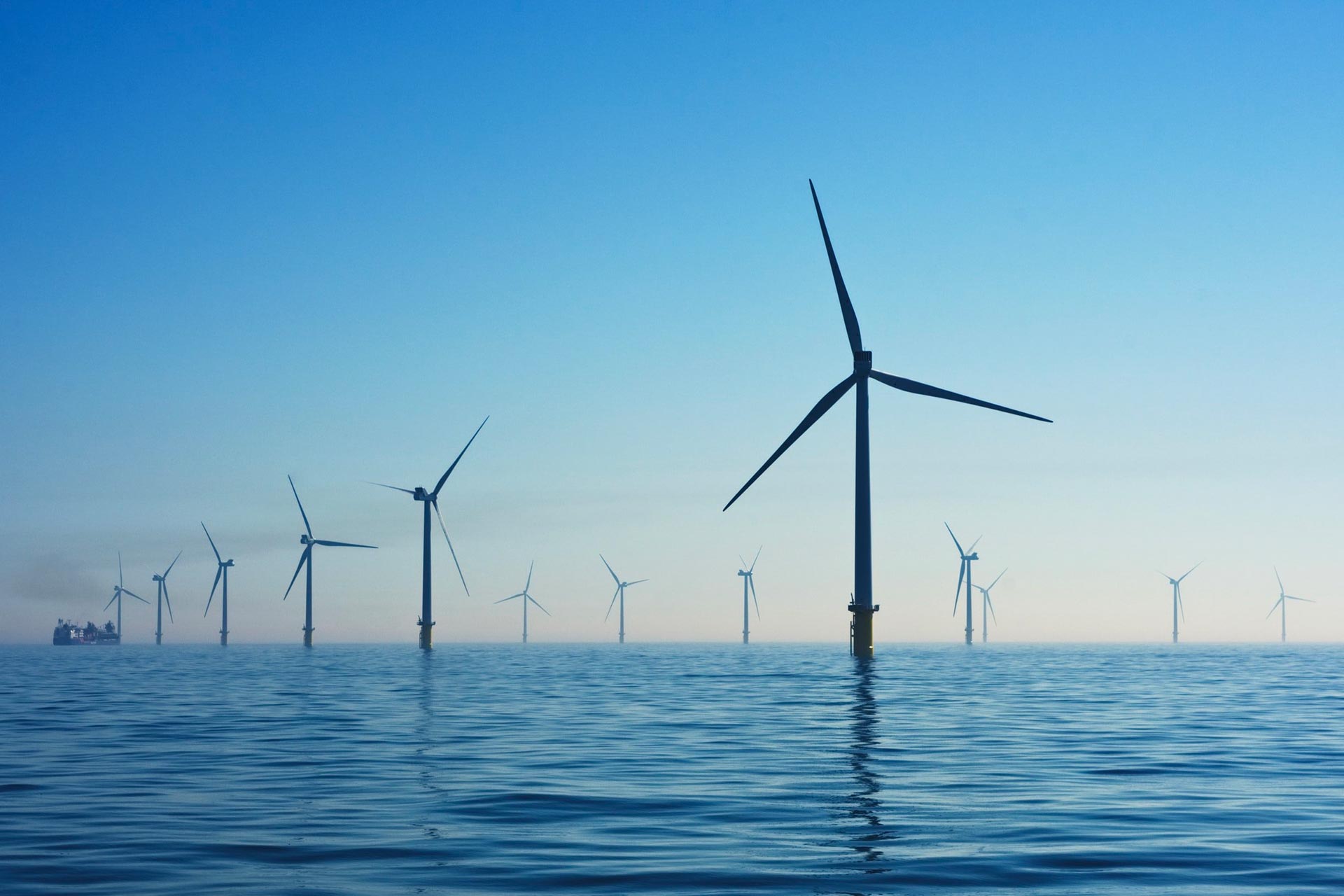The transition to clean energy and efforts to limit global warming to 1.5 degrees Celsius are intensifying day by day. Last year, investments in wind energy, which is a significant component in the battle against climate change, resulted in an installed capacity exceeding 1 terawatt (TW). According to reports from GWEC (Global Wind Energy Council) and WindEurope, there was a global capacity increase of 143 gigawatts (GW) in 2024.
The trend towards mitigating significant climate changes in our planet, which has posed challenges to nations in recent years, is evident in concrete data. Efforts to stabilize global warming are crucial to prevent the lasting ecological impacts from leaving permanent marks. Scientists assert that to be able to achieve this, emissions must be reduced by approximately 45% by 2030 and reach net zero by 2050. One of the critical aspects scientists are emphasizing in this regard is harnessing wind energy, also known as wind energy. According to a report published by the Global Wind Energy Council and WindEuropa, the growth of wind energy capacity is projected to be 13% between 2023 and 2030. This means an annual energy increase of 143 GW. GWEC notes that the installed wind energy capacity worldwide reached 1 TW last year, marking the first time this milestone has been achieved in 40 years.

With the support of governments and investors, the growth in the wind energy sector is expected to continue in the coming years. In this context, the installed capacity of wind energy worldwide is projected to be 2 TW in 2030. On the other hand, wind energy policies are gaining traction as part of economic recovery efforts. The recovery efforts in economies, especially after the Covid-19 pandemic, and the high energy prices caused by the Russia-Ukraine war are compelling countries to implement policies for the more efficient and effective utilization of energy resources.
200,000 Offshore Turbines Needed
Offshore wind energy is also important for the transition to a low-carbon economy. The research conducted by University of Shouthampton supports this view. According to the university’s research, 200,000 GW of offshore turbines are needed to achieve net zero targets. This means that 200,000 offshore turbines must be installed by 2050.
AI-Based Wind Energy Systems
Energy industry’s interest is also growing in artificial intelligence applications, as technical and technological elements have begun to benefit greatly from them. Advancements in artificial intelligence are also contributing to the reduction of costs in large infrastructure projects, thus driving interest in the energy sector. AI utilization in wind energy industry can offer strategic solutions in construction, wind turbine system design, and installation. Companies anticipate a 10% reduction in turbine costs for wind installations. This projection translates into a global savings of $25 billion in installation costs over the next 10 years.


